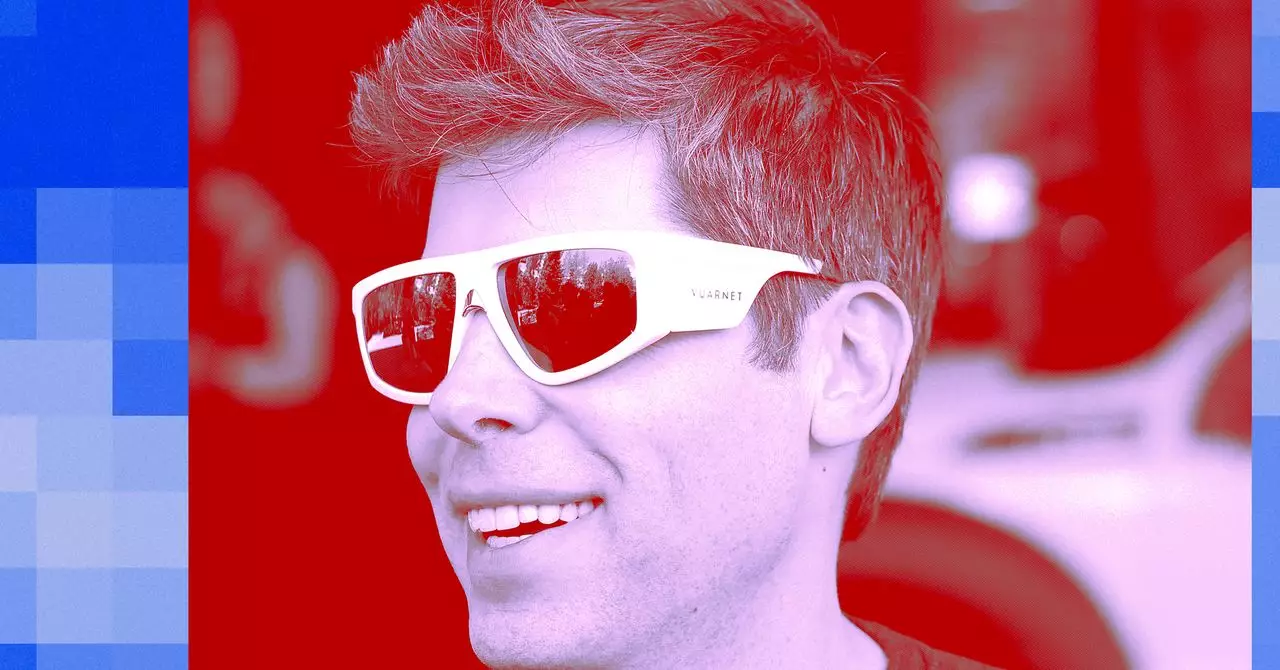The recent revelations surrounding The Clause highlight a critical juncture in the evolution of artificial intelligence, acting as a symbolic and strategic battleground between innovation and control. At its core, The Clause exemplifies the complex interplay between corporate ambitions, technological breakthroughs, and the moral dilemmas posed by artificial general intelligence (AGI). Microsoft’s strategic pact with OpenAI, governed by this clause, is not just a business contract but a reflection of the enormous stakes involved when the pursuit of superintelligence intersects with profit motives and global influence.
What makes The Clause particularly compelling — and alarming — is its explicit contingency: should OpenAI’s models reach AGI, Microsoft would lose exclusive access. This is not merely a contractual clause but a safeguard embedded with the potential to shift the entire AI power dynamic. It reveals a tacit acknowledgment that the boundaries of progress are as much about control as they are about capability. If AGI were to be achieved, the traditional paradigms of proprietary technology and corporate dominance would be challenged, raising fundamental questions about the destiny of AI and humanity.
The Power Struggle Encapsulated in the Contract Language
The Contract’s design underscores a high-stakes game of strategic ambiguity and control. OpenAI’s definitions of “AGI” and “sufficient AGI” are intentionally vague, granting broad discretion to its board. OpenAI’s charter describes AGI as “a highly autonomous system that outperforms humans at most economically valuable work,” but this broad language opens doors for controversial interpretations and premature declarations. Similarly, the “sufficient AGI” criterion—capable of generating over $100 billion in profits—adds a layer of economic valuation that further complicates the issue.
This ambiguity is a calculated move. It allows OpenAI to navigate the precarious balance between innovation and corporate interests without being tethered to rigid standards. For Microsoft, this vagueness becomes a source of frustration and concern, as it underscores the unpredictability of what might happen once AGI is within reach. The clause effectively creates a conditional threshold that could either trigger or prevent a technological revolution, depending on how each party interprets—and possibly disputes—these criteria.
The inclusion of dispute resolution mechanisms like lawsuits indicates that both parties are aware of the potential for conflict. Yet, even with these legal cushions, the core issue remains unresolved: who controls the future of AI if and when it reaches human-level intelligence? The ambiguity fuels a clandestine power struggle, where technology’s future hinges on subjective judgments, institutional disagreements, and legal interpretations.
The Ethical and Societal Implications of Uncontrolled AI Breakthroughs
Beyond the contractual intricacies, The Clause exposes a broader philosophical debate about the nature of AI and the responsibilities intertwined with its development. Achieving AGI would mark a milestone that could redefine existence, productivity, and the very fabric of society. Yet, the fixation of corporations on profit, as evidenced by the profit threshold embedded in the clause, reveals a troubling temptation to prioritize financial gains over ethical considerations.
If OpenAI’s models achieve AGI and the company opts to withhold them from Microsoft, we confront an unsettling possibility: a small handful of entities holding the keys to a technology capable of surpassing human intelligence. Such concentrated control raises significant concerns about monopoly, safety, and the potential misuse of superintelligent systems. This scenario underscores that technological progress is not an isolated event but a societal inflection point requiring vigilant oversight.
The debate intensifies as major media outlets scrutinize these contractual nuances, emphasizing that what appears to be a business arrangement is, in fact, a microcosm of how humanity manages its most powerful creations. The question isn’t merely about who gets to profit but about what moral responsibilities companies have once they stand at the brink of creating what some believe could be the last invention of humankind.
Reimagining AI Governance: Control Versus Collaboration
The existence of The Clause raises fundamental questions about the governance of AI technology. Should profit-driven companies hold the ultimate authority over such transformative advances? Or should there be a broader societal oversight that transcends corporate interests? The current scenario suggests that the AI landscape is increasingly characterized by opaque deals and secret clauses, which diminish transparency and accountability.
True progress in AI, especially when inching toward AGI, demands a paradigm shift from competitive secrecy to collaborative governance. It’s no longer just about who wins the race but about how humanity collectively manages the profound risks and opportunities of superintelligent systems. The Clause, in its current form, embodies a dangerous allure—an unchecked desire for control cloaked under contractual language that can be manipulated, disputed, or ignored altogether.
Rather than allowing a handful of tech giants to wield such unprecedented power through ambiguous contracts, the path forward should emphasize international cooperation, regulatory frameworks, and ethical stewardship. If humanity is to seize the promise of AI without succumbing to its perils, then control mechanisms must be imposed—not left as negotiable clauses in corporate contracts.
Final Reflections: The Future of AI Hangs in the Balance
The Clause exemplifies a pivotal battleground where technological innovation, economic interests, and ethical considerations collide. Its implications reach far beyond Microsoft and OpenAI; they touch the very essence of what kind of future we are building. As corporations race toward superintelligence, the challenge isn’t just about technological breakthroughs but about establishing a framework of responsible stewardship


Leave a Reply